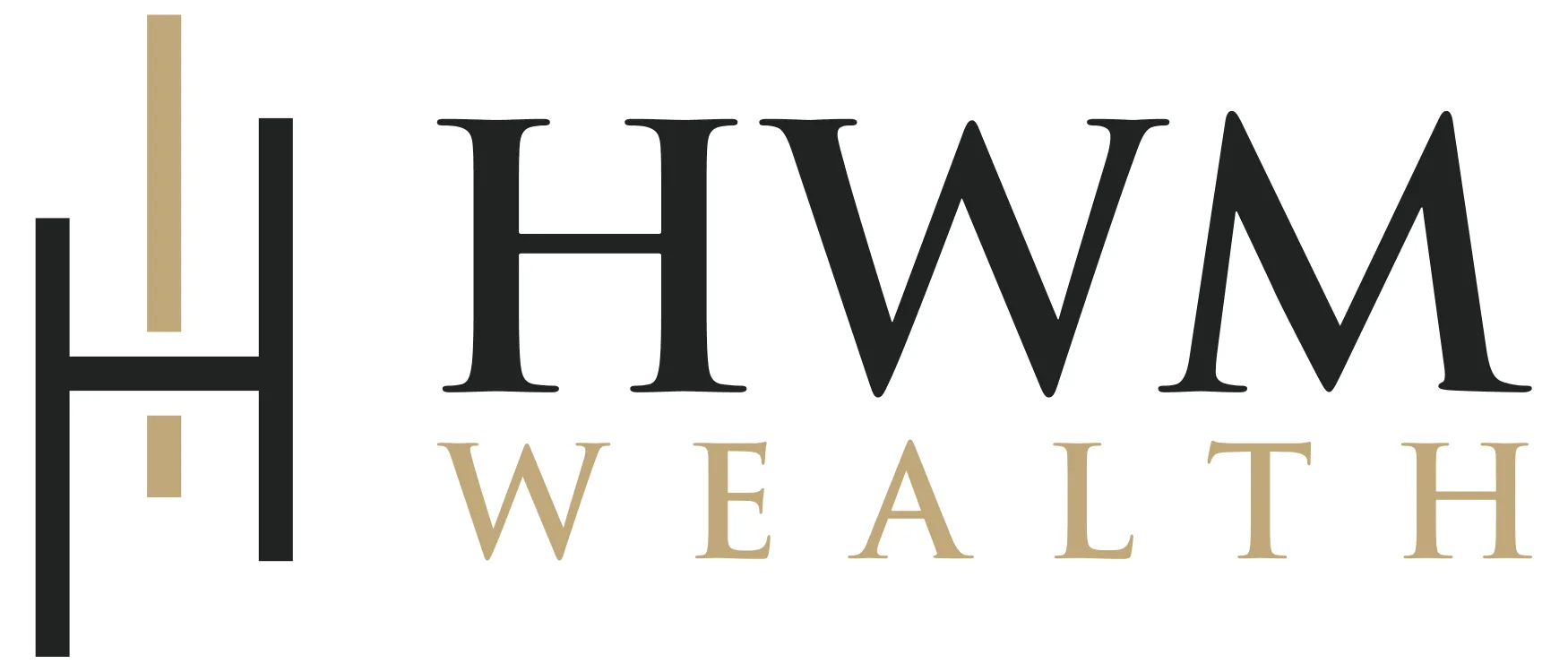09.03.25 - Energy stocks rose rose 7% over the last two weeks while oil xclimed 4%. That gap isn't just crude—it's crack spreads: the margin refiners earn between crude and products like gasoline and diesel, which improved by roughly $6-$8 per barrel over the past two months. Lower-rate expectations after Jackson Hole also tend to lift energy equities more than crude.
There's a parallel every business owner should care about: your personal crack spread—the share of after-tax income you systematically convert into assets each month. Refineries don't get paid for crude; they get paid for what they turn it into. Same for you: the win isn't top-line business income—it's how much reliably crosses the bridge into your personal balance sheet.
A simple way to track it
Personal Spread (%) = (Automatic transfers to investments + Net debt reduction) ÷ After-tax income
This week's "mixed signals"—and why they matter:
- Growth vs. mood: Q2 GDP was revised up to 3.3% while consumer sentiment fell to 58.2—strong data, cautious feelings. The Atlanta Fed's GDPNow bumped to 3.5% heading into Friday.
- Jobs on deck: Consensus looks for 74-75k new jobs and 4.3% unemployement on Friday - one last check before an anticipated rate cut.
- Sector context (3-mo): Techology +10% vs. Real Estate ~+1%—leadership remains narrow.
- Housing is a negotiation story: New home sales fell and pending sales were hit by cancellations, opening doors on pricing/terms for expansion or a second location.
Owner moves to widen your personal spread
- Automate the transfer. Set a fixed "Owner's Dividend" (systematic business-to-personal transfers) each month. If income is variable, use a base+bonus rule (e.g., 5% base, +10% of any month above target).
- Cut "refinery losses." Reduce friction—fees, taxes, leakage—via account selection (401(k)/cash-balance/HSA where appropriate) and disciplined rebalancing.
- Mind concentration risk. If your net worth is tied to your industry, avoid doubling down in the same sector—even when it's leading. Energy's recent jump alongside stronger crack spreads is a great reminder to diversify.
- Use the Q3 window. September is the sweet spot to model equipment purchases and retirement contributions—late enough to see trends, early enough to act—rather than December scrambles. (This week's jobs report is one data point; your savings system is the signal.)
Building this systematic transfer takes focus—especially when life throws curveballs. But that's exactly when the system proves its value.
Bottom line: Your business gives you control. Your portfolio should, too. Measure—and intentionally widen—your personal crack spread so this quarter's success reliably becomes long-term security.
Information only—not investment, tax, or legal advice.

